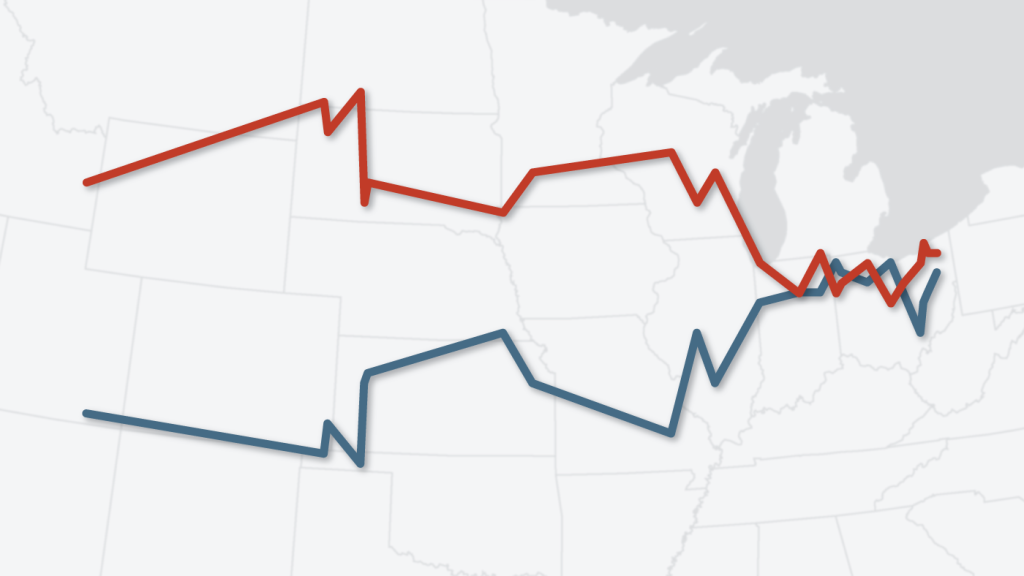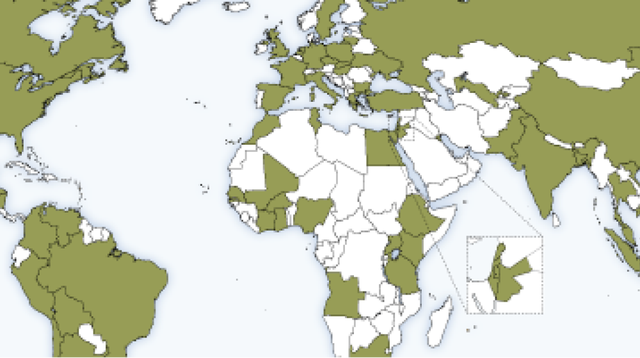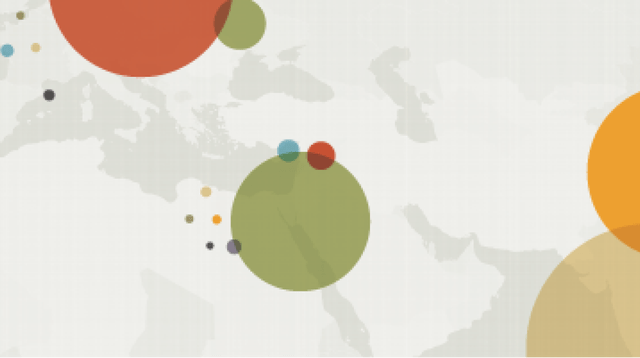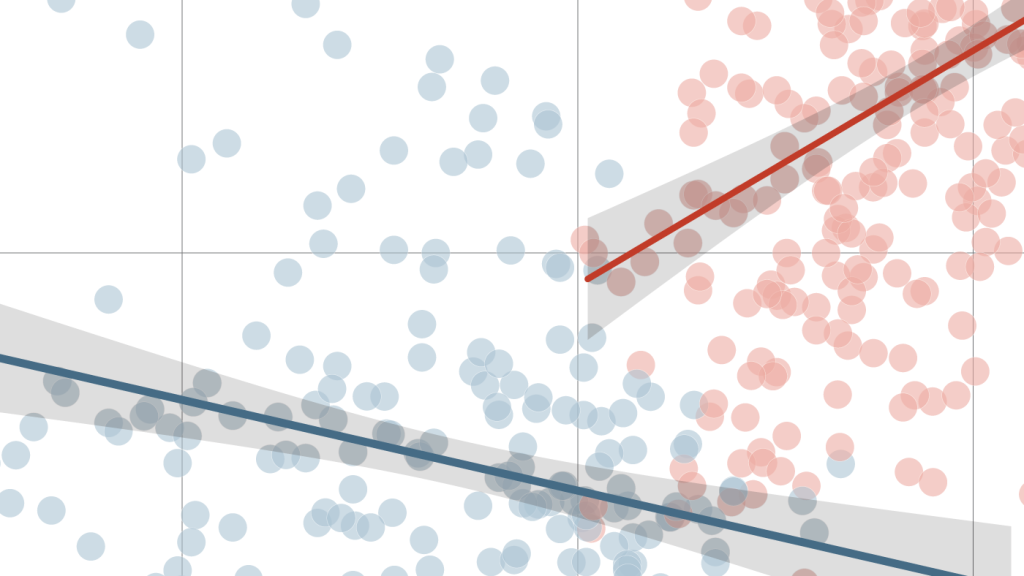Pew Research Center is committed to meeting the highest methodological standards — and to exploring the newest frontiers of research. Learn more about the methods the Center uses to conduct objective, non-partisan research on a wide range of topics that is trusted around the world.
Featured Methods Publications

Key things to know about U.S. election polling in 2024
Polls are more useful to the public if people have realistic expectations about what surveys can do well – and what they cannot.

National Public Opinion Reference Survey (NPORS)
NPORS is an annual survey of U.S. adults conducted by the Pew Research Center used to to produce benchmark estimates for several topics.

How Public Polling Has Changed in the 21st Century
A new study found that 61% of national pollsters used different methods in 2022 than in 2016. And last year, 17% of pollsters used multiple methods to sample or interview people – up from 2% in 2016.

Public Opinion Polling Basics
By the end of our free, six-lesson course, you will know why we have polls, what the different kinds of polls are, how polling works and what you should look for in a poll.

Confronting 2016 and 2020 Polling Limitations
Looking at final estimates of the outcome of the 2020 U.S. presidential race, 93% of national polls overstated the Democratic candidate’s support among voters, while nearly as many (88%) did so in 2016.

What 2020’s Election Poll Errors Tell Us About the Accuracy of Issue Polling
Given the errors in 2016 and 2020 election polling, how much should we trust polls that attempt to measure opinions on issues?
More Methods Resources

Methods 101 Videos
Our series of brief explainer videos breaks down key topics in research methodology for non-expert audiences.

Decoded
A behind-the-scenes blog about research methods at Pew Research Center.
OUr Methods Teams
U.S. Survey Methods Team
Pew Research Center’s U.S. survey methodologists manage the Center’s American Trends Panel and provide guidance for all of the Center’s domestic public opinion research to ensure it meets the highest standards.
International Survey Methods Team
The Center’s International Survey Methods Team ensures that all cross-national and multicultural projects we conduct continue to meet the highest standards of data quality and representativeness.
Data Labs Team
The Data Labs team of data scientists, computational social scientists and DevOps engineers uses computational methods to complement and expand on the Center’s existing research agenda.



